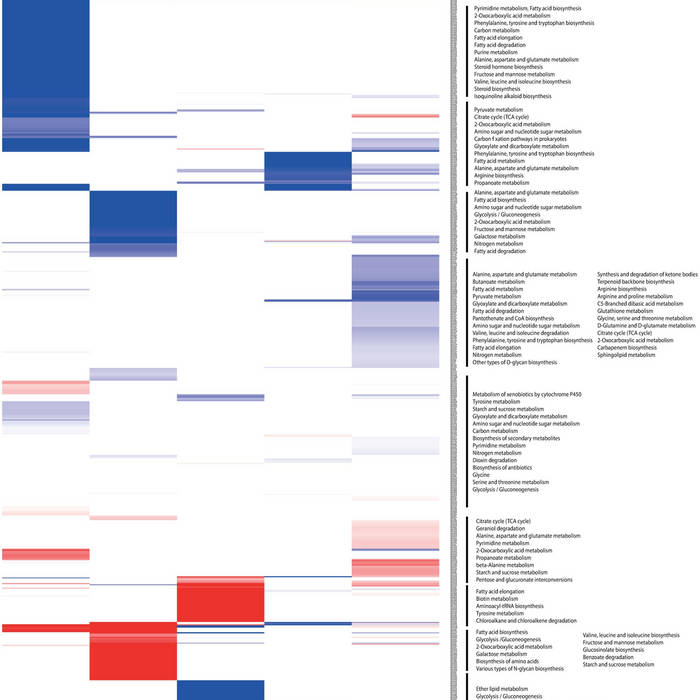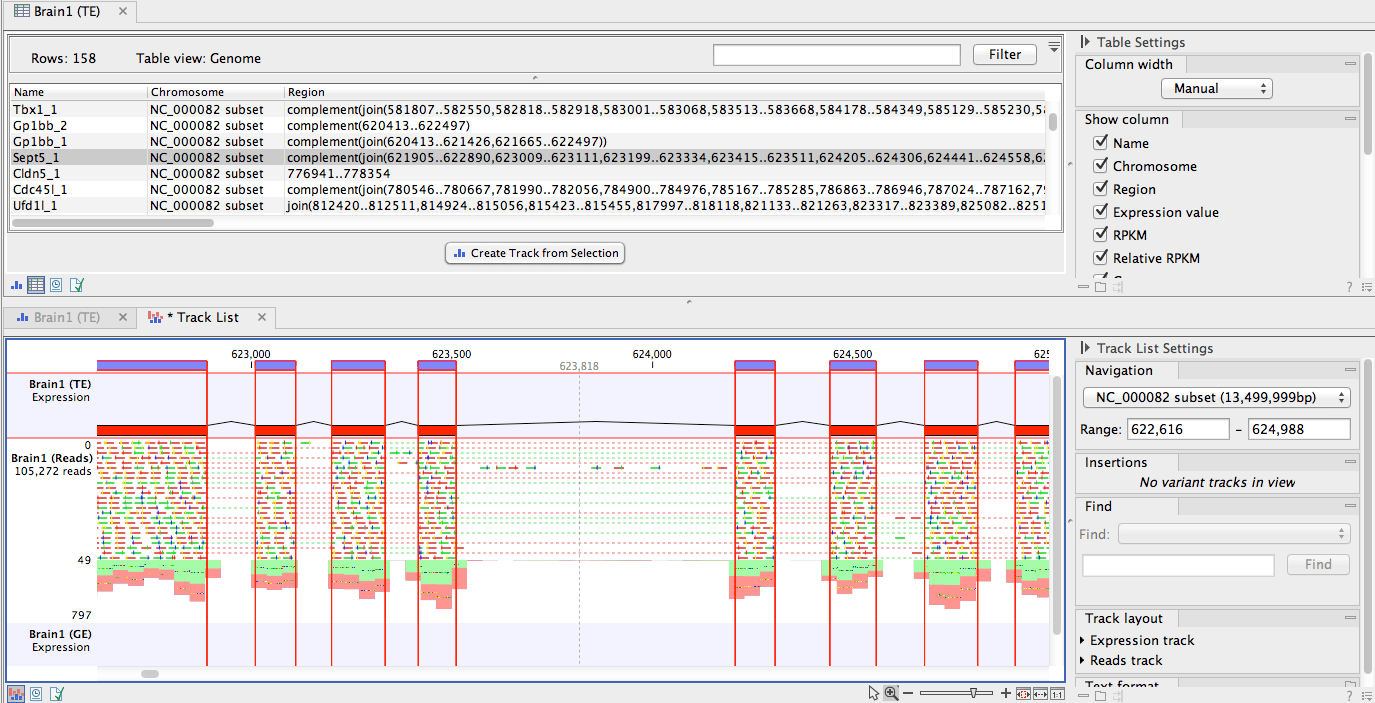


Seurat is an R package designed for QC, analysis, and exploration of single-cell RNA-seq data. ImageJ is an open source image processing program designed for scientific multidimensional images.ImageJ is highly extensible, with thousands of plugins and scripts for performing a wide variety of tasks, and a large user community.r
#Clc genomics workbench negative binomial software
User-friendly bioinformatics software solutions allow for comprehensive analysis of your NGS data, including whole genome and transcriptome de novo assembly, targeted resequencing analysis, variant calling, ChIP-seq and DNA methylation (bisulfite sequencing analysis).RNA-seq and small RNA (miRNA, lncRNA) transcriptomics workflows for differential expression analysis at gene and transcript levels.ĬellProfiler is free, open-source software designed to enable biologists without training in computer vision or programming to quantitatively measure phenotypes from thousands of images automatically. Some tools are open-source while others are restricted to specific computers in the IT Suite in NRB 933. Comparing the transcriptional profile of C.The Department of Immunology provides access to many software tools which can aid researchers in the analysis of their data.

Electron microscopy revealed noticeable ultrastructural changes in C. (PNNL), Richland, WA (United States) Sponsoring Org.: USDOE CNPq National Institutes of Health (NIH) Fiocruz OSTI Identifier: 1837548 Report Number(s): PNNL-SA-167223 Journal ID: ISSN 2001-0370 Grant/Contract Number: AC05-76RL01830 R21 AI124797 440015/2018-9 405520/2018-2 301304/2017-3 VPPCB-007-FIO-18 VPPIS-001-FIO18 442317/2019-0 Resource Type: Journal Article: Accepted Manuscript Journal Name: Computational and Structural Biotechnology Journal Additional Journal Information: Journal Volume: 19 Journal ID: ISSN 2001-0370 Publisher: Elsevier Country of Publication: United States Language: English Subject: 59 BASIC BIOLOGICAL SCIENCES Candida auris Transcriptomics Proteomics Drug resistance Stress = g/ml, independently from the more » species. Publication Date: Mon Sep 27 00:00: Research Org.: Pacific Northwest National Lab. of Rio de Janeiro (UFRJ) (Brazil), Microbiology Inst. FIOCRUZ PR, Gene Expression Regulation Lab. Carlos Chagas Inst., Curitiba (Brazil).for Applied Sciences and Technology in Health Albert Einstein College of Medicine, New York, NY (United States).auris and expands our understanding regarding more » the antifungal activity of caspofungin and reveal cellular targets, as the mannose metabolism, that can be further explored for the development of novel antifungals. Altogether, these results provide further insights into the biology of C. Supporting these findings, the integrated proteomic analysis showed that caspofungin-treated cells were enriched in ribosome-related proteins and cell wall, especially mannoproteins. Transcriptomic analysis revealed an upregulation of genes related to the synthesis of the cell wall, ribosome, and cell cycle after exposure to caspofungin. We first observed that the echinocandin caused morphological alterations, aggregation of yeast cells, and modifications in the cell wall composition of C. auris for 24h with caspofungin, and the cellular responses were evaluated at the morphological, translational and transcriptional levels. In this work, we treated two distinct strains of C. To date, there is little information about the differentially expressed genes when this fungus is treated with conventional antifungals, and caspofungin is a standard echinocandin deployed in the therapy against C. auris fungal biology and effective prevention and treatment approaches to combat this fungus. Against this backdrop, health warnings around the world have focused efforts on understanding C. Candida auris has emerged as a serious worldwide threat by causing opportunistic infections that are frequently resistant to one or more conventional antifungal medications resulting in high mortality rates.


 0 kommentar(er)
0 kommentar(er)
